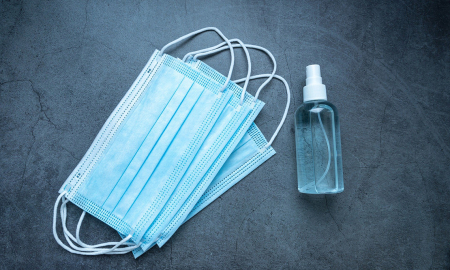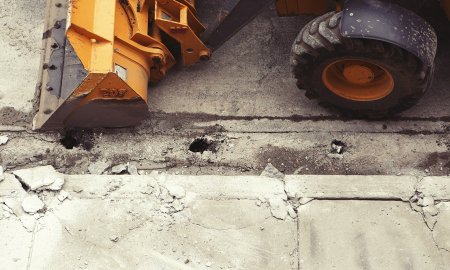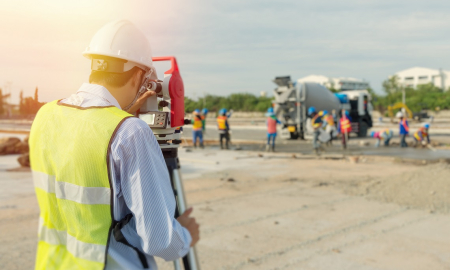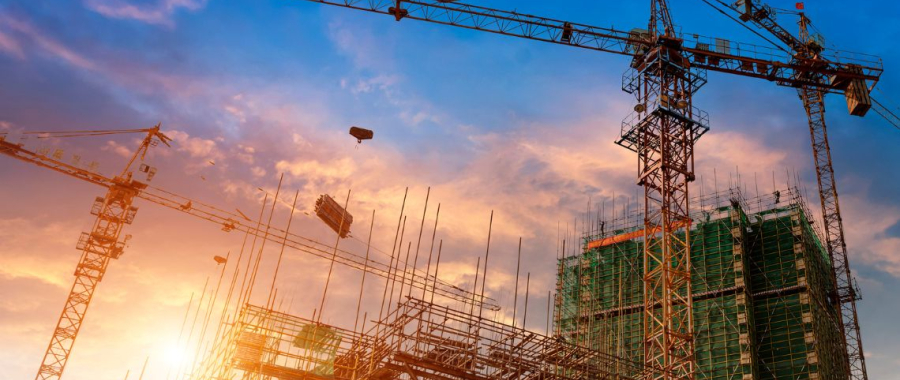Considered Design Combats the Challenges of Monitoring in Harsh Environments
From construction sites, tunnels, bridges and heritage buildings, to dams, mines and ports, these extreme environmental factors and challenging access points are considered harsh.
SOCOTEC Monitoring UK Ltd - formerly ITM Monitoring Ltd - has designed and installed successful monitoring systems for a wide variety of clients with projects in a range of locations, from construction sites, tunnels, bridges and heritage buildings, to dams, mines and ports. Often subject to extreme environmental factors and challenging access points, all of these environments are considered harsh.
Having operated in these kinds of settings for over 30 years, the team at SOCOTEC Monitoring has a wealth of experience in designing fit-for-purpose monitoring systems that are robust enough to withstand these conditions, ensuring that clients obtain their critical data regardless of the myriad environmental factors at play.
Here, Sheridan Elliott - SOCOTEC Monitoring’s data acquisition and system integration manager – discusses the challenges of designing and installing monitoring systems in harsh environments, highlighting some of the key considerations to factor into your next monitoring project.
What is meant by 'harsh environment'?
Any environment outside of a controlled office could be considered harsh. Ideally, you wouldn’t choose to install a computer in a wet, dusty, cold, hot or humid location with no power and little connectivity - but that is what SOCOTEC Monitoring does on a daily basis for clients.
Common factors which have an impact on the monitoring systems SOCOTEC Monitoring designs, installs and maintains can be divided into two categories:
- Physical site conditions: which include physical variables that cannot be controlled such as coastal erosion and submersion; general dust as well as construction site dust, including sand, cement and dust created by drilling; brake dust from trains; extreme weather such as high winds, high/low temperatures, humidity, precipitation; and road grime which could be a mix of coolant, oil, salt, petrol and rainwater spray.
- Accessibility and security factors: this covers difficult to access installation sites such as steep slopes, railway tracks and bridges, as well as other elements such as connectivity, access to power supplies and issues like vandalism and theft.
Designing and installing monitoring systems in harsh environments
When designing a monitoring system, SOCOTEC Monitoring has an array of technologies and equipment to choose from, which have been sourced and adapted over the years to withstand these kinds of environmental pressures.
During the design process, SOCOTEC Monitoring works in close consultation with the client and considers all environmental and accessibility factors in order to design a truly bespoke system, unique to the specific environment’s conditions and the client’s requirements.
For example, ports are typically straightforward to access for the installation and maintenance of equipment, but this coastal environment is subject to some extreme physical site conditions, including tidal saltwater, high winds and temperature variations.
Saltwater corrodes metal four times quicker than fresh water, and salty ocean air corrodes metals ten times the speed of regular humidity. This means that materials capable of coping with temperature, saltwater and extreme weather must be selected. When installing an automated monitoring system at the Port of Dover, for example, sensor enclosures were upgraded to marine grade stainless steel to ensure the equipment could withstand the highly corrosive environment.
For a port installation, a wireless system may seem an obvious choice, as the monitoring requirement is generally spread out over a wide area and power may not be available close by. Wireless systems prevent the need to run cables over large distances, reducing installation time but the units will require maintenance during their lifecycle to replace batteries, so they need to be easy to access. Cables will tolerate the harsh environmental conditions, but they could be susceptible to damage from machinery or theft. In some situations, it may even be necessary to install devices in secondary enclosures to allow for better weather protection and to further minimise the risk of theft.
Bridges face a different set of challenges, as well as sharing many of those facing ports. Sensors installed on bridges can be very difficult to access and often involve high risk operations to reach installation sites. This means that not only does the instrumentation need to cope with extreme temperatures and weather, saltwater spray and road run-off, there also need to be measures put in place to minimise the requirement for engineers to return to the site for maintenance.
While there is no such thing as a maintenance-free system, SOCOTEC Monitoring purposefully designs systems to require as little maintenance as possible. For example, often – and especially for bridge monitoring projects and situations where instruments are buried or encapsulated - it is advisable to install passive instrumentation and cable back to a more accessible location where a datalogging device can be installed.
No substitute for expertise
It is important to note that it is not enough to simply design all monitoring systems to require minimal maintenance, and for all equipment to be made from strong, resistant materials to combat environmental factors, as sometimes these materials and protective measures themselves can give rise to new issues.
A steel enclosure will protect equipment from harsh winds and vandalism but, at the same time, it is subject to greater temperature variations if exposed to the sun. A GRP enclosure can offer the same environmental protection. Creating a sealed environment is also not always a practical solution as this will lead to air being trapped inside. Temperature variations will cause the air to expand and contract causing condensation inside the casing which can be extremely damaging to the housed components. In such an instance, the enclosure should be allowed to breathe but remain sealed through the use of specialist breathable materials. Alternatively, equipment can be used to remove the moisture from the air within the casing. In particularly susceptible areas, it may even become necessary to use special coatings on the equipment or encase small circuit boards and connectors using a resin compound.
SOCOTEC Monitoring owes its continued successful installation of monitoring systems in often challenging environments to the depth of knowledge and expertise possessed by its technical and installation teams. Thanks to its extensive experience and constant development, SOCOTEC Monitoring can confidently design and deliver efficient monitoring systems that fulfil the requirements of the task at hand in any environment.





Add new comment